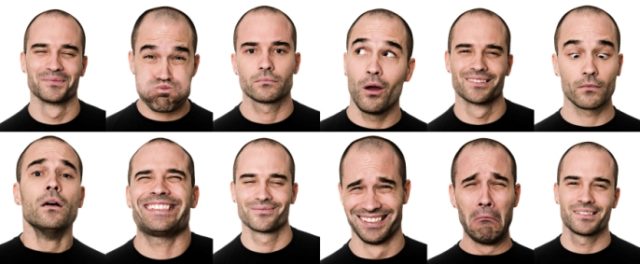
It is not only through words that we manifest our emotions and thoughts. We almost always send messages about whom and how we are, most of the time unconsciously.
There is something that we can call “language of the human body”, in which each movement, gesture, intonation, and detail is capable of sending information. All of this can be described as non-verbal communication.
According to María del Socorro Fonseca, a specialist in Communication and Language at the Tecnológico de Monterrey defines nonverbal communication (CVN) as “everything that conveys or carries some meaning not expressed through words”, that is, what is seen more Beyond what is said, the transmission of information through gestures, mime, body postures, smells and touches that accompany speech.
It also covers the relationship between people and their environment, the modulations and characteristics of the voice, and the zymology of the images. In this type of communication, everything that constitutes us – our way of walking, looking, hobbies, bearing, personal belongings, clothing, even the way we order our stays on a table – reveals something about us.
A language that has always existed

Before the 20th century, there was little scientific interest in studying the non-verbal language. Those who were concerned with discovering what the gestures and postures transmitted, were mostly those who dedicated themselves to the arts. The artists exacerbated the emotions of everyday life to bring them to the public, while the dance used the harmony between music and body movements to express them.
The German doctor of social sciences Harry Pross points out in his introduction to communication science that it was Aristotle (384-322 BC) who was the first to show interest in “non-linguistic components of human capacities for expression and perception”, addressing issues such as body expression and mastery, coordination between speech and movements, and facial expressions in various texts.
Another discipline that was also interested in non – verbal communication was anthropology, which suggested an interesting position; body movements are not innate but are learned according to culture, similar to language.
The American anthropologist Ray L. Birdwhistell (1918-1994) concluded that body language is the product of culture and found, after analyzing projected slow-motion therapy without audio, that male and female behavior is learned from childhood, they are not own of the gender nor come from birth.
In general, there is interdependence between what we say and what we express with the body, but there are situations in which non-verbal communication has more meaning than oral language.
Ana María Cestero, professor at the University of Alcalá (Madrid – Spain), classifies different functions of non-verbal communication in her studies:
- Complements, qualifies, or emphasizes our message: the same expression can have different meanings depending on our non-verbal language.
- Communicate directly: sometimes words are superfluous: For example, when we open our arms to the sides and shrug our shoulders while raising our eyebrows slightly, it indicates that we don’t know anything.
- It regulates the conversation: when we pause, we lower the tone of voice, we change our posture to take the floor, or we direct the gaze of one interlocutor to another, we are guiding the dialogue.
- Solve difficulties when speaking: for example, if we do not remember anything or have difficulties expressing ourselves, we use resources such as the sounds “Eeeee” or “Mmmm” until we find the right words.
- Encourages simultaneous conversations: like when we talk on the phone and, at the same time, we move our hands back and forth to tell someone to come into the office.
The use of non-verbal communication is increasingly present among us. It will never replace verbal language, but, it does represent a communication tool that we always use to express ourselves.


